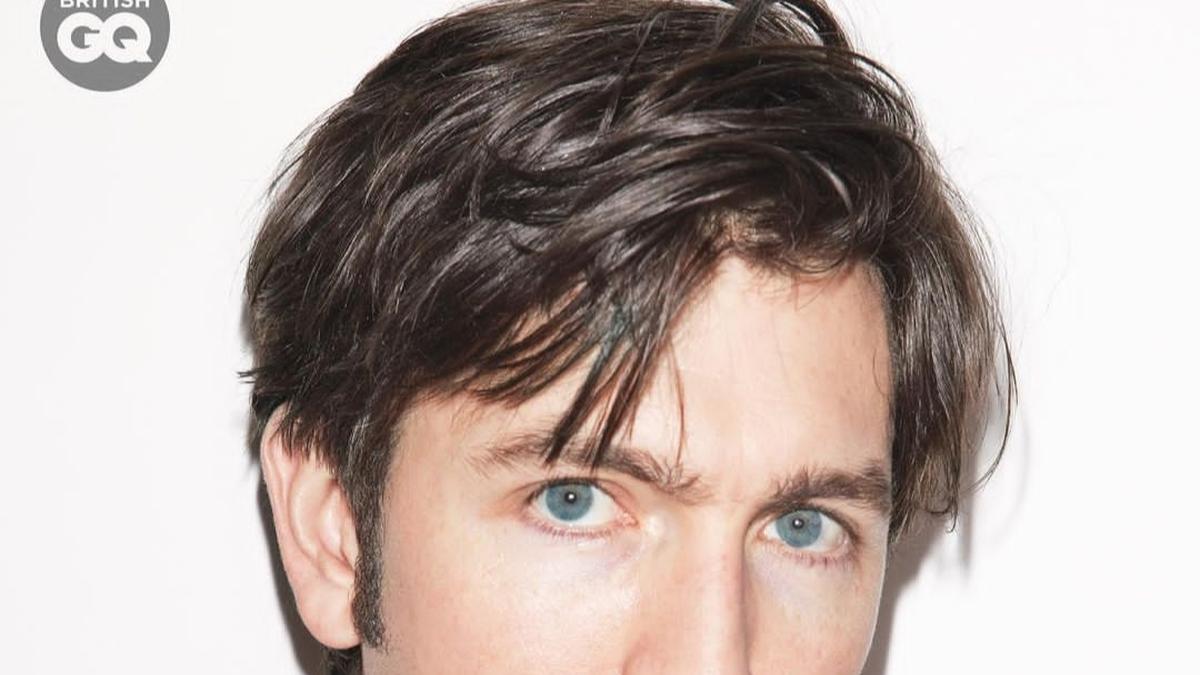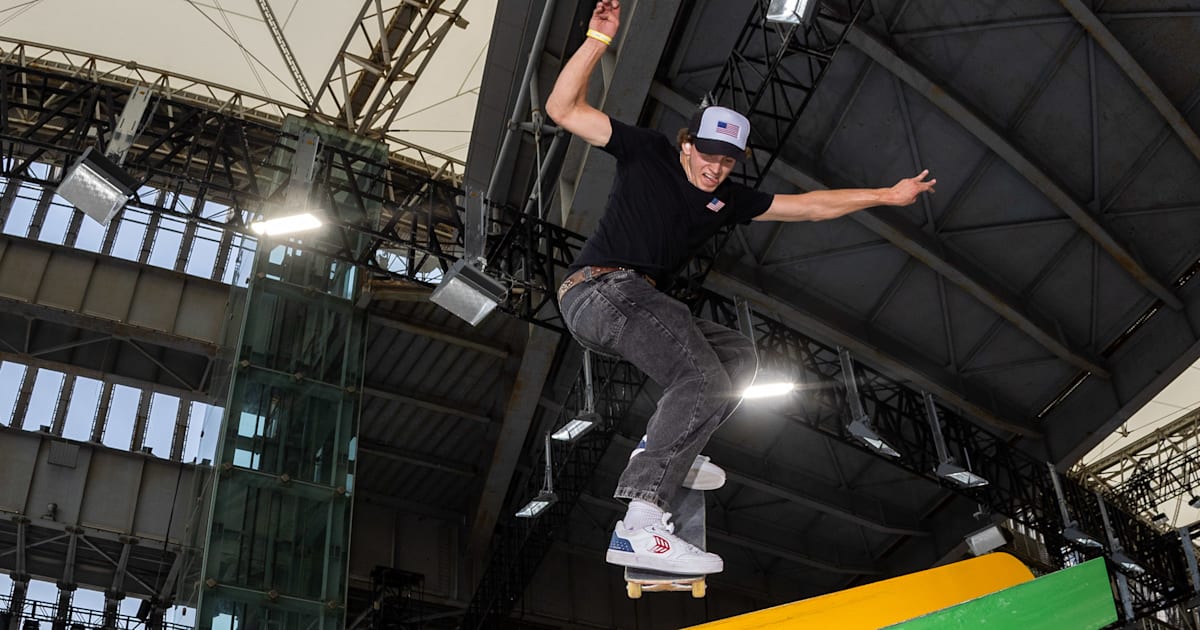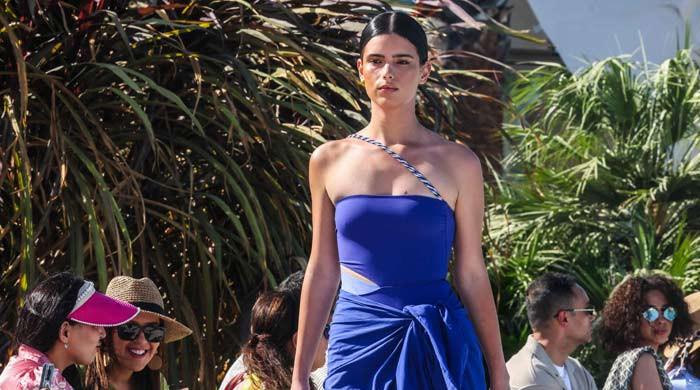Sports
Collegiate sports playing out in court, NIL collectives and massive settlement in play

ATHENS — Scoreboard watching is one thing, but sorting through legal minutia is another for most college football fans.
And yet, recent ESPN reports are indicating the sport might be on the verge of taking the next step in what has become a “Wild Wild West” of NIL dealings and legislation.
The NCAA’s national office could end up paying a settlement that ESPN estimates at $2.7 billion, as a result of a “House v. NCAA lawsuit.”
The ESPN article quotes Steve Herman, who is the co-lead counsel in the case against the NCAA, as bringing a sense of urgency for settlement.
“Our leverage is a big cannonball rolling down a hill and picking up speed,” Berman said in the ESPN article penned by Pete Thamel and Dan Murphy. “The longer they wait, the more they’re going to have to pay. It’s that simple.”
The settlement would provide backpay to former players — over the past 10 years — who weren’t able to cash in on usage of their Name Image and Likeness.
Additionally, ESPN reports, the settlement would stipulate that collegiate conference and schools pledge to share revenue with players in the future.
Yet another facet is hope for a system that would eliminate the need or cause for future lawsuits.
A settlement in this case could provide structure if Congress were to aid in helping collegiate athletics develop a collective bargaining agreement of sorts — similar to professional sports.
ESPN quoted one source as doubling down on the need for the settlement to provide such guard rails to protect collegiate athletics from future litigation.
“You can’t just settle the lawsuits,” per the ESPN industry source. “You’ve got to be able to emerge with something in return, other than the settlement.
“If you don’t have the requisite ability to structure the future, all we’re going to do is shake hands and wait five minutes for the next filing. You don’t want to be waiting for the next lawsuit here.”
The collegiate bowl system is certainly tuned in and hopeful a collective bargaining agreement could emerge from the pending lawsuit/settlement.
The concept of NIL dealings and collectives being brought “in house” to programs could allow for contracts stipulating player participation throughout the season.
It has become well-documented that several top players have opted-out of playing in non-CFP bowl games to protect their professional interests.
Georgia beat Florida State 63-3 in the most notable case, as the Bulldogs’ star players opted-in to play with one another, while a transfer-heavy Seminoles team had elite players choose not to compete for themselves or their school.
Fiesta Bowl executive director and CEO Erik Moses explained to ESPN the importance of player participation.
“We put on live events, (and) you come to see the talent,” Moses told ESPN’s Heather Dinich. “If the main talent isn’t there — you go see the Stones and Mick Jagger’s not playing, are you really seeing the Stones?
“We want the best talent to be involved in those matchups and those games and those events. That’s what people are paying to see.”
College football’s playoff expansion should mitigate some of the opt-out issues, as the playoff field will grow from four to 12 teams the next two seasons.
There’s speculation the CFP field could expand to 14 teams in 2026 after the current contract runs out, further altering what was once viewed as collegiate athletics’ most traditional sport.
Kirby Smart, who recently became the highest paid coach in college football history with a $13 million salary, noted its a time for program leadership to work together.
“The current culture in collegiate athletics is ever-changing,” Smart said, “and as challenging as it has ever been.”
College football fans feeling the earth shifting beneath them once more this offseason would surely agree.









